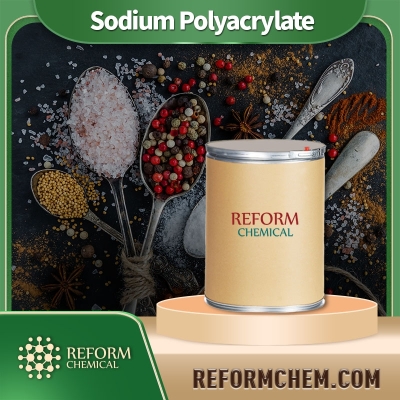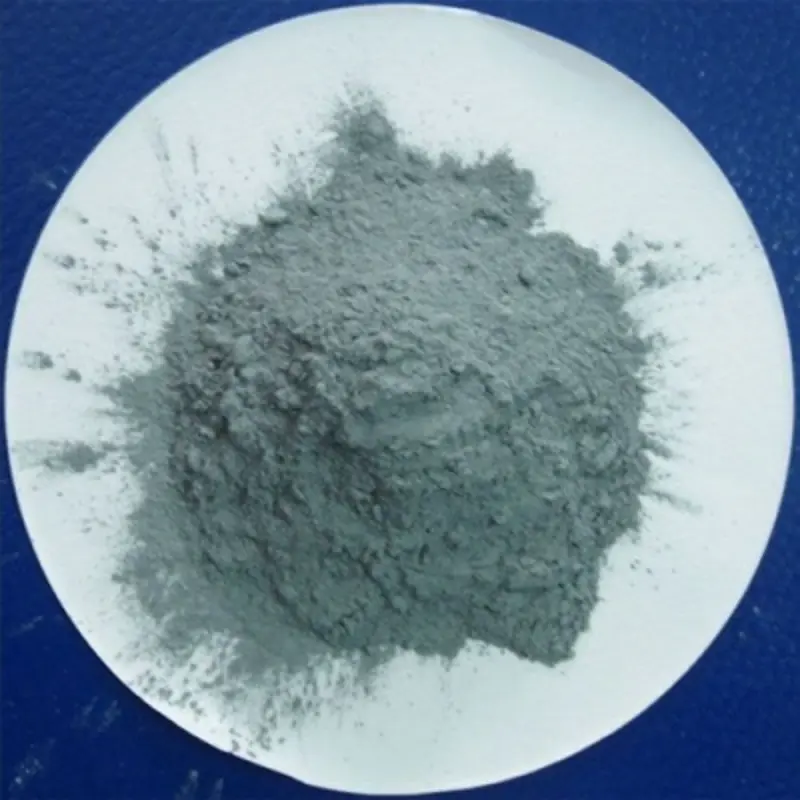-
Categories
-
Pharmaceutical Intermediates
-
Active Pharmaceutical Ingredients
-
Food Additives
- Industrial Coatings
- Agrochemicals
- Dyes and Pigments
- Surfactant
- Flavors and Fragrances
- Chemical Reagents
- Catalyst and Auxiliary
- Natural Products
- Inorganic Chemistry
-
Organic Chemistry
-
Biochemical Engineering
- Analytical Chemistry
-
Cosmetic Ingredient
- Water Treatment Chemical
-
Pharmaceutical Intermediates
Promotion
ECHEMI Mall
Wholesale
Weekly Price
Exhibition
News
-
Trade Service
Lead diacetate trihydrate is a commonly used lead salt in various industrial applications.
Its synthetic routes have been extensively studied and developed over the years.
In this article, we will discuss the synthetic routes of lead diacetate trihydrate in detail.
- The Classic Route
The classic route for synthesizing lead diacetate trihydrate involves the reaction of lead nitrate with acetic anhydride in the presence of water.
The reaction takes place in several stages, with the formation of the intermediate lead diacetate first.
This intermediate is then hydrolyzed to form lead diacetate trihydrate. - The Iodine-Sodium Method
The iodine-sodium method is another commonly used route for synthesizing lead diacetate trihydrate.
In this method, lead nitrate is dissolved in water and a solution of sodium hydroxide is added.
Iodine is then added to the mixture, and the reaction is carried out at a temperature of around 70-80 degrees Celsius.
The reaction leads to the formation of lead diacetate trihydrate. - The Barium Sulfate Method
The barium sulfate method is a variation of the iodine-sodium method.
In this method, barium sulfate is added to a solution of lead nitrate and sodium hydroxide.
The reaction is carried out at a temperature of around 60-70 degrees Celsius, and lead diacetate trihydrate is formed. - The Chloroform-Ether Method
The chloroform-ether method is a solvent-based method for synthesizing lead diacetate trihydrate.
In this method, lead nitrate is mixed with chloroform and ether and the mixture is then heated.
The reaction leads to the formation of lead diacetate trihydrate. - The Pyrolytic Method
The pyrolytic method involves heating the mixture of lead nitrate and acetic anhydride in the absence of moisture.
The heat leads to the formation of lead diacetate trihydrate.
This method is used in the production of high-purity lead diacetate trihydrate.
Advantages and Limitations of Different Synthetic Routes
The different synthetic routes of lead diacetate trihydrate have their advantages and limitations.
The classic route is simple and easy to carry out but requires the use of hazardous chemicals.
The iodine-sodium method is more environmentally friendly but requires the use of expensive reagents.
The barium sulfate method is also relatively safe and inexpensive but requires high temperatures.
The chloroform-ether method is solvent-based and can be carried out at room temperature, but it produces a lower yield of the desired product.
The pyrolytic method is used to produce high-purity lead diacetate trihydrate but requires specialized equipment.
Conclusion
Lead diacetate trihydrate is a commonly used lead salt in various industrial applications.
Its synthetic routes have been extensively studied and developed over the years.
The different synthetic routes of lead diacetate trihydrate have their advantages and limitations.
The classic route is simple and easy to carry out but requires the use of hazardous chemicals.
The iodine-sodium method is more environmentally friendly but requires the use of expensive reagents.
The barium sulfate method is also relatively safe and inexpensive but requires high temperatures.
The chloroform-ether method is solvent-based and can be carried out at room temperature, but it produces a lower yield of the desired product.
The pyrolytic method is used to produce high-purity lead diacetate trihydrate but requires specialized equipment.




![Aluminum, [(2E)-2-butenedioato(2-)-κO1]hydroxy- Al-Fum](https://file.echemi.com/fileManage/upload/goodpicture/20230919/ibrutinib-high-quality_b20230919163357076.jpg)


